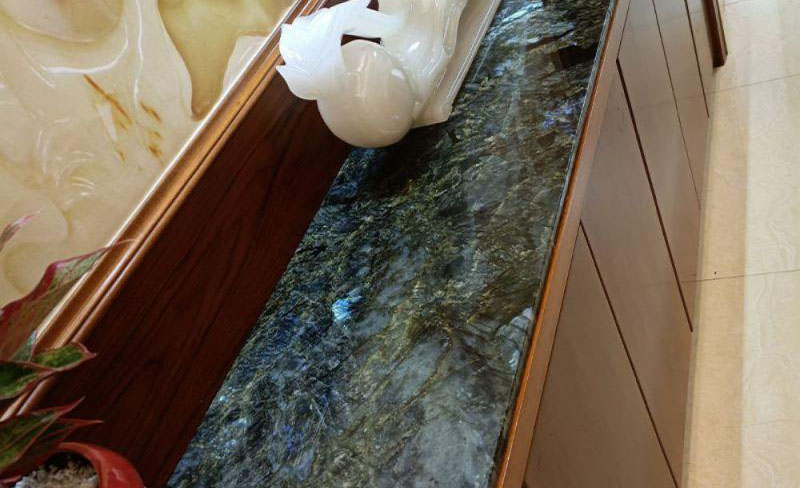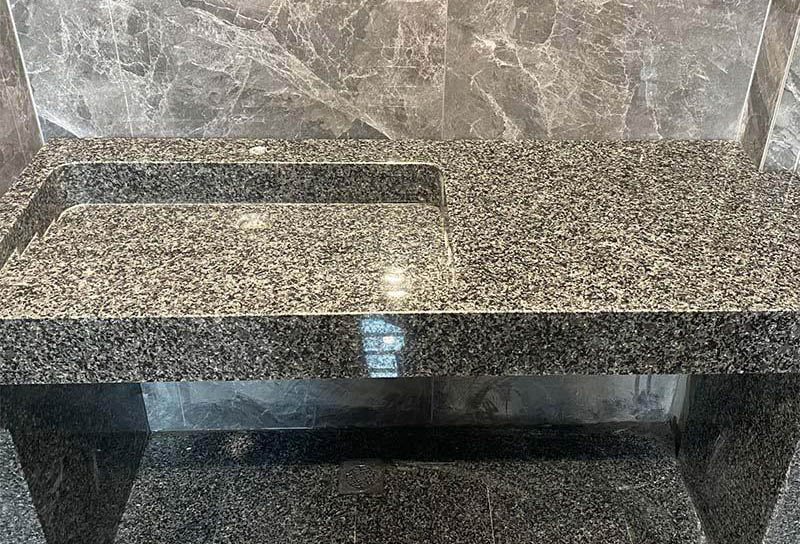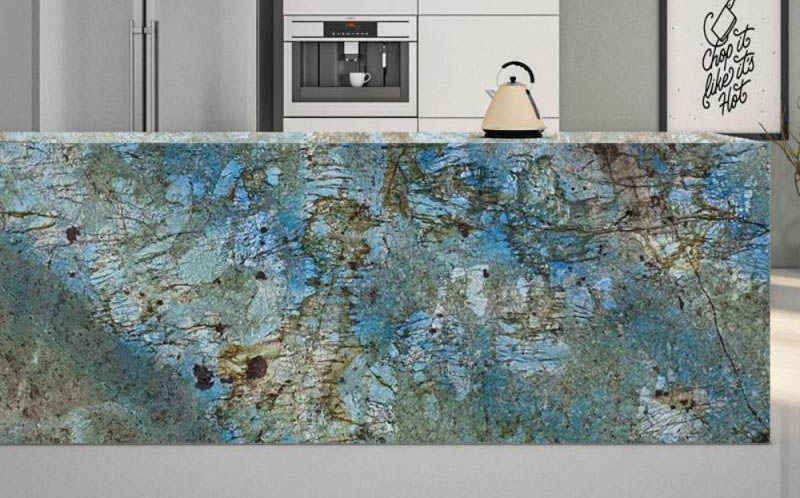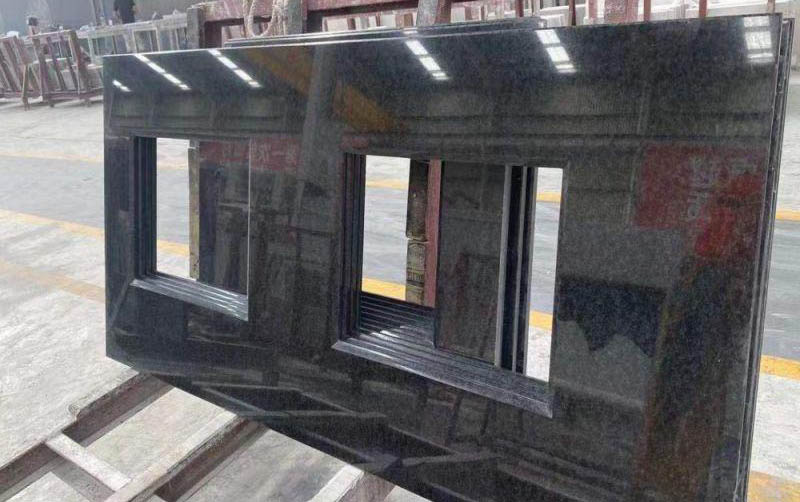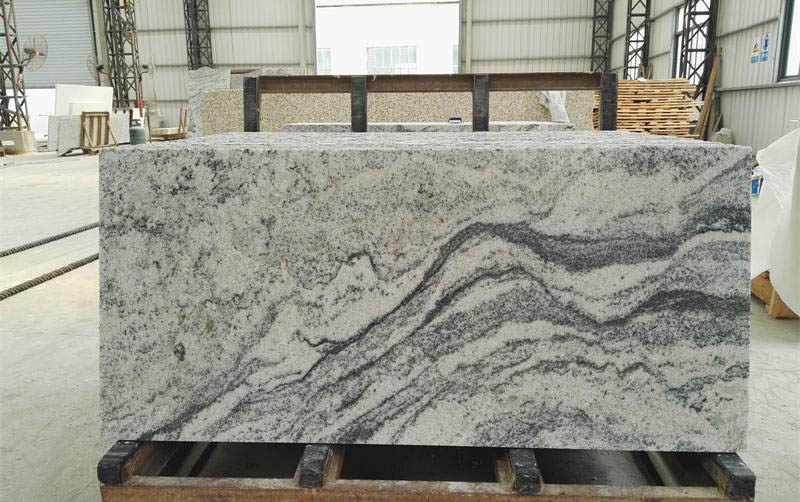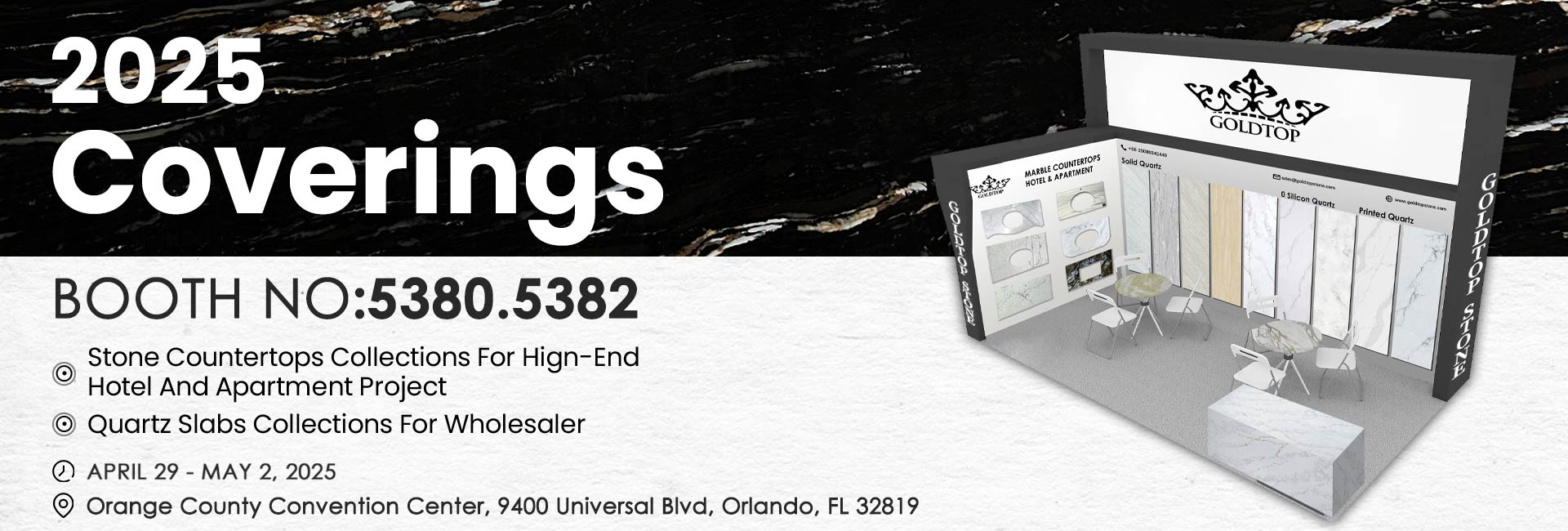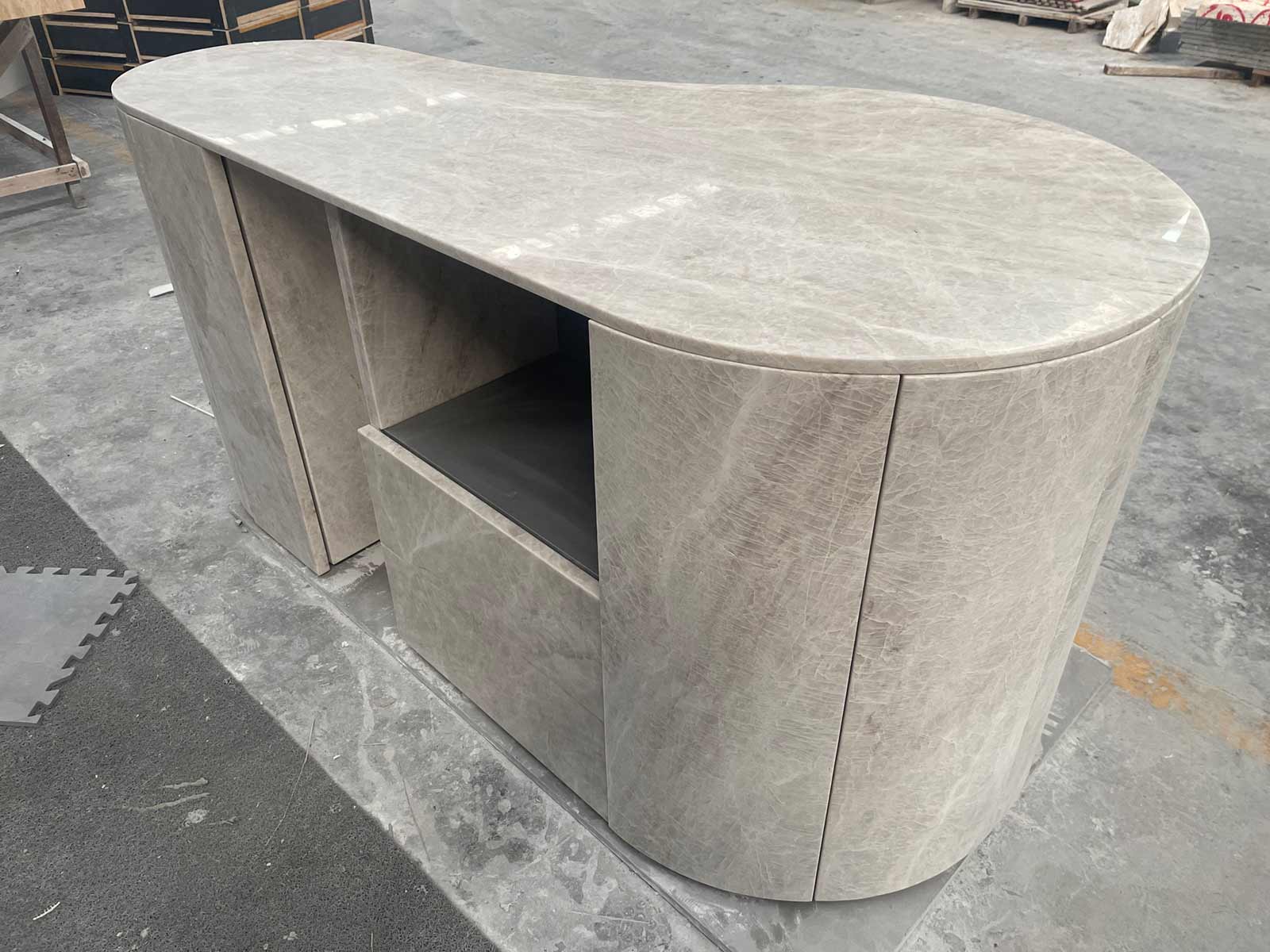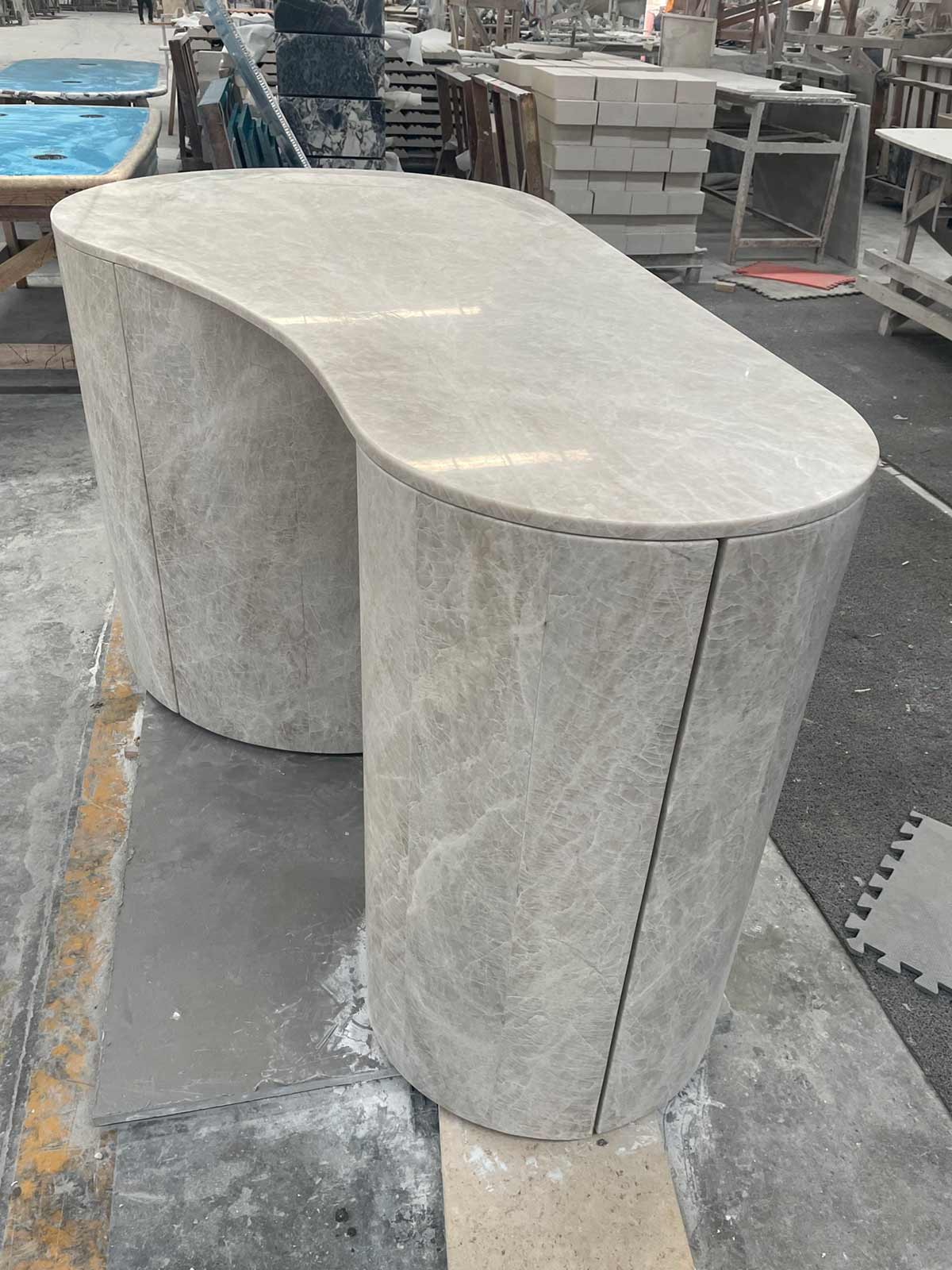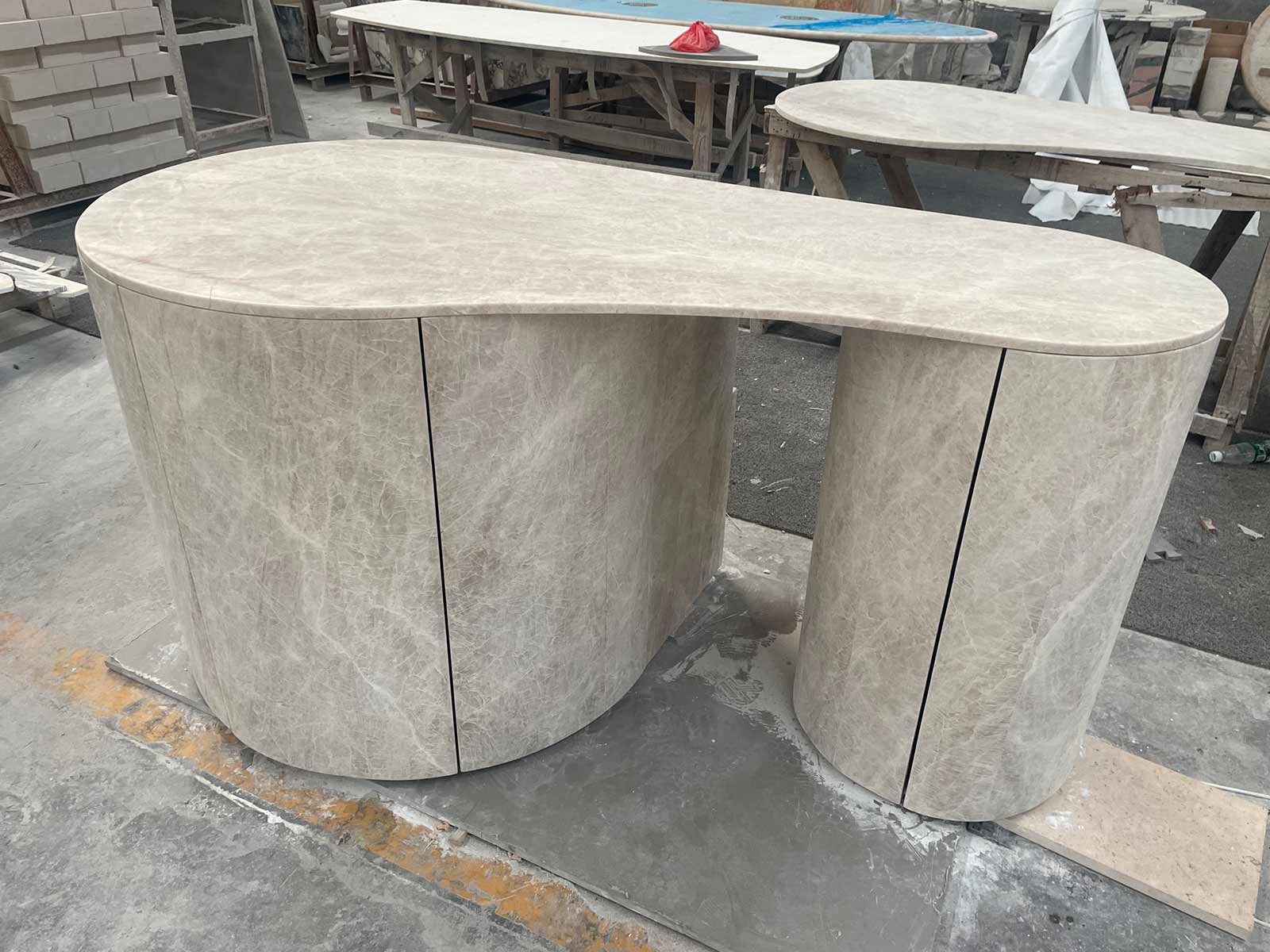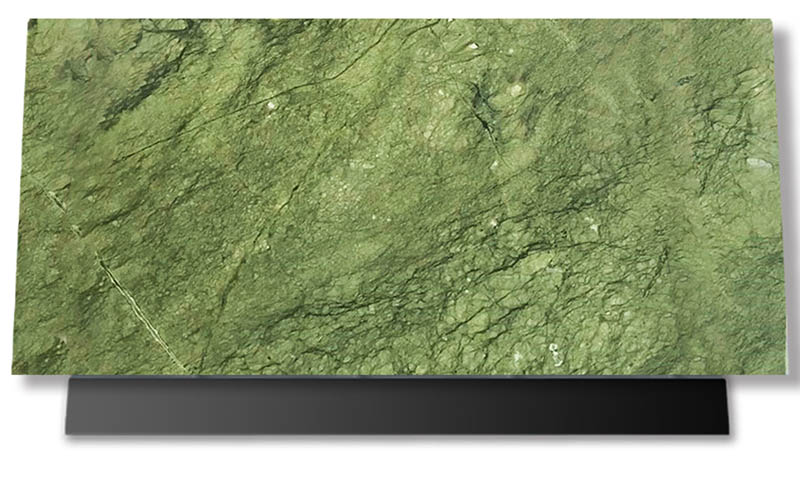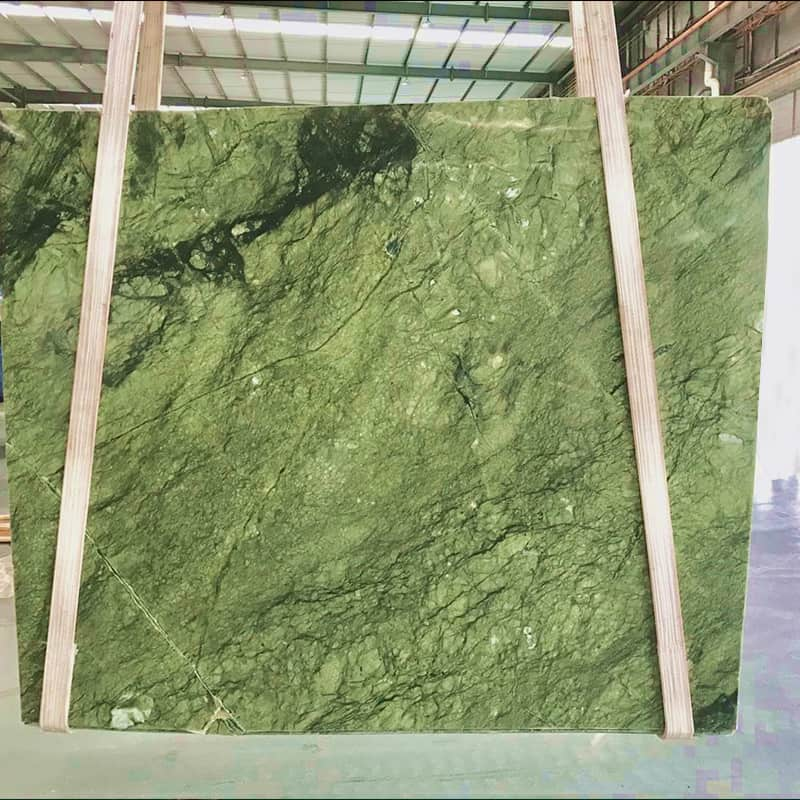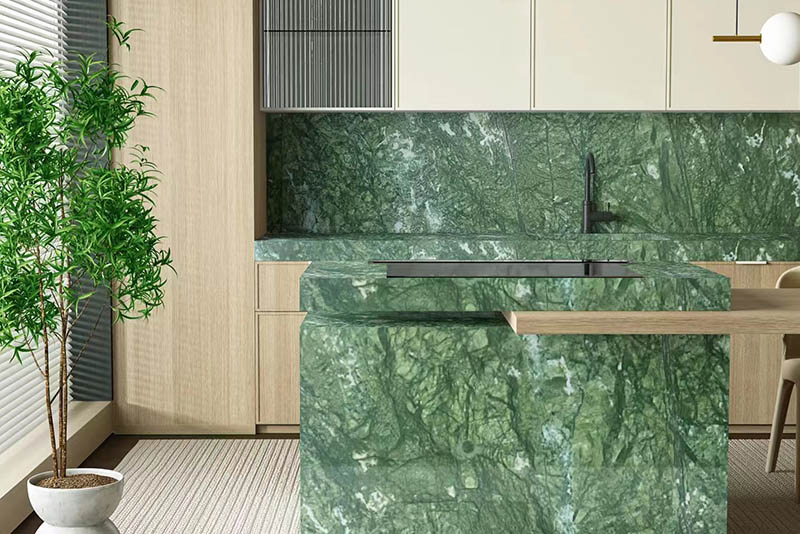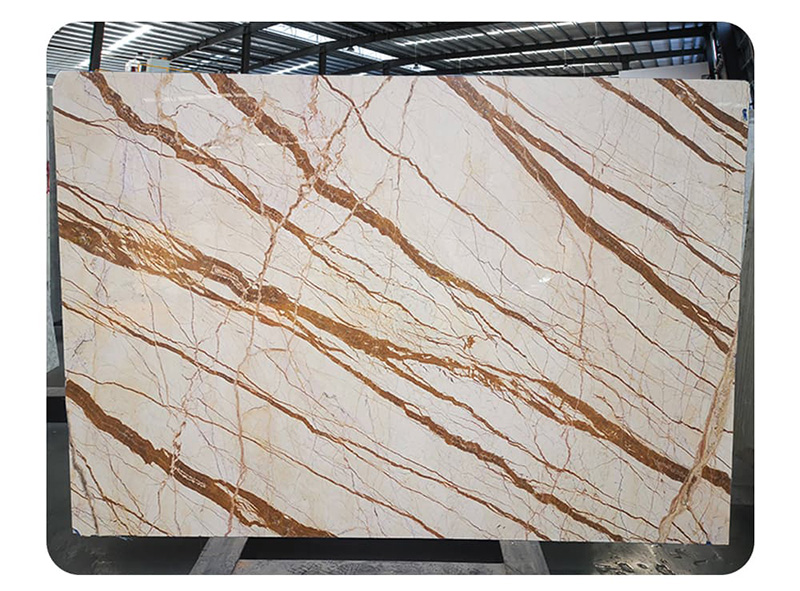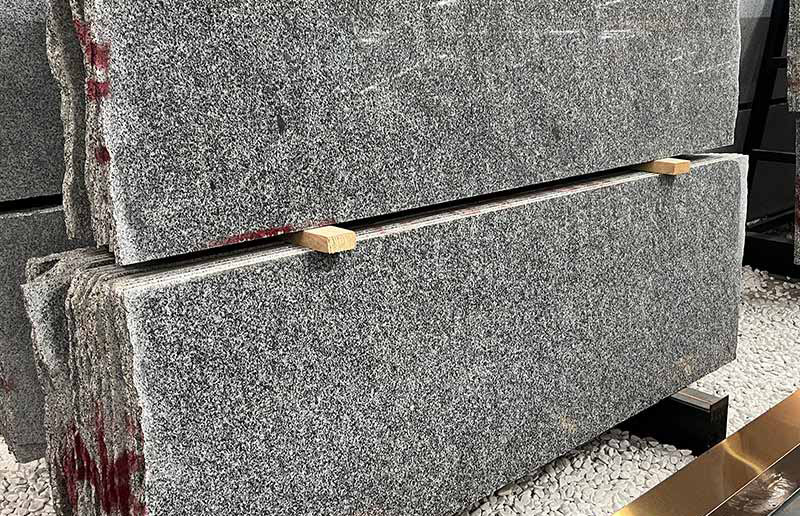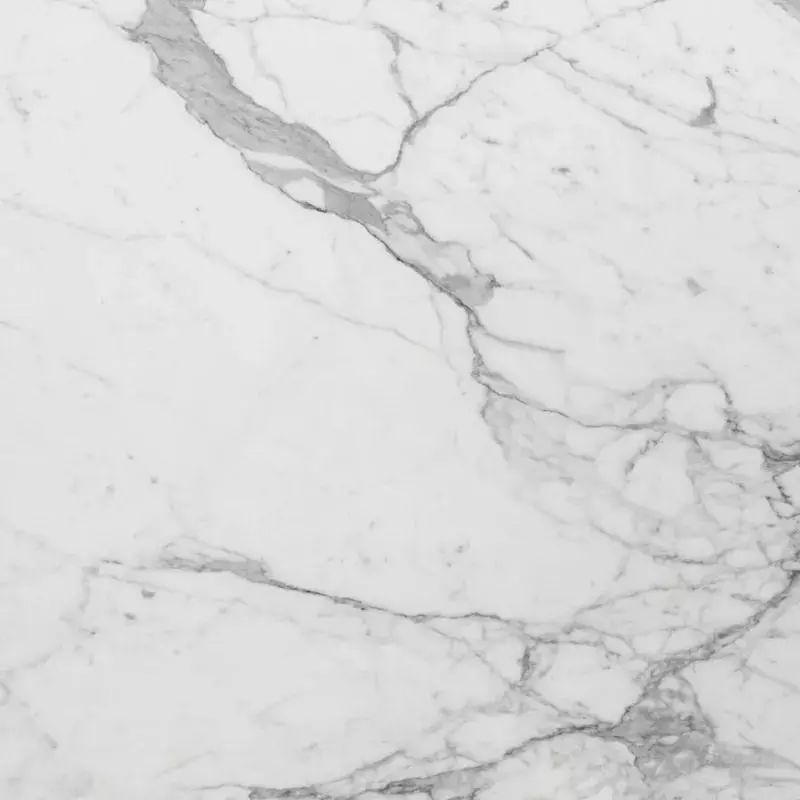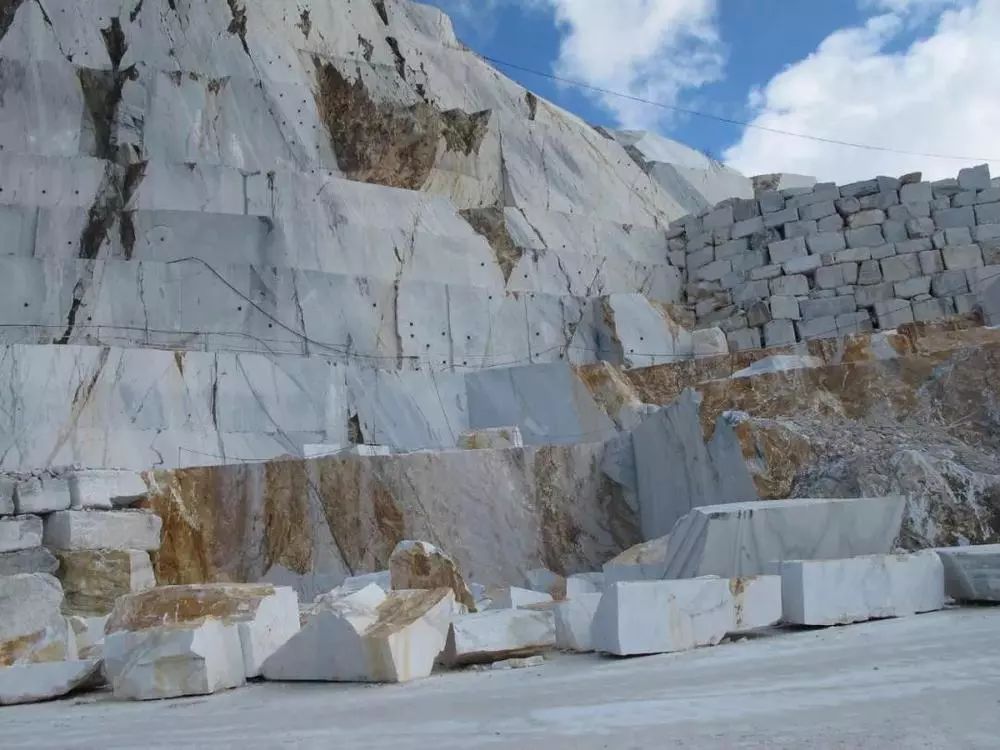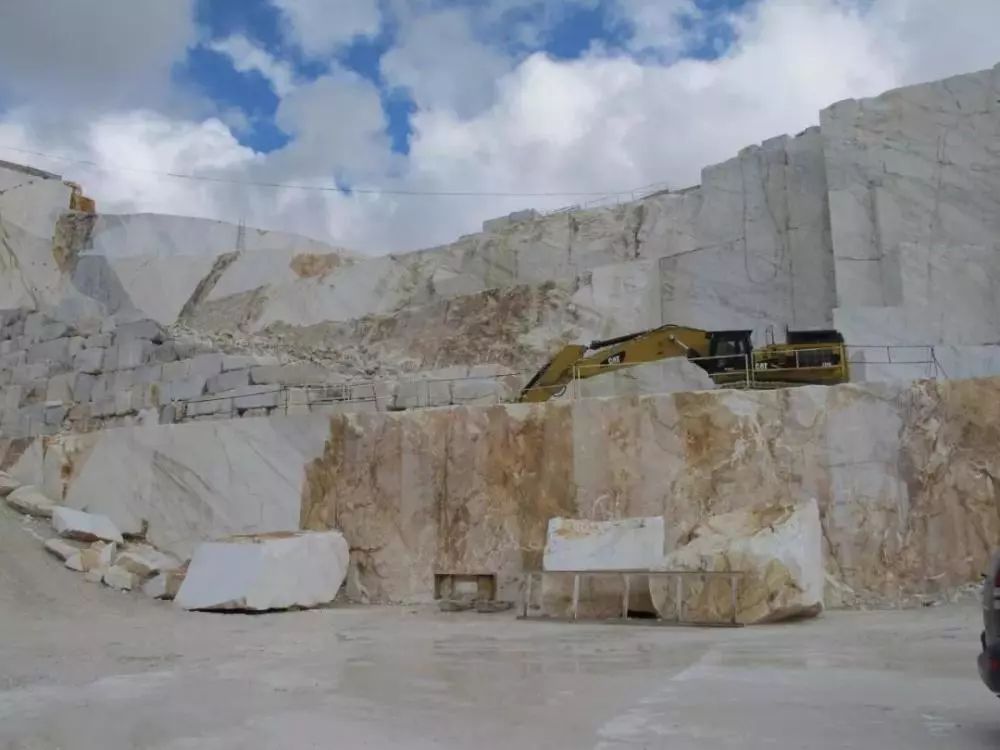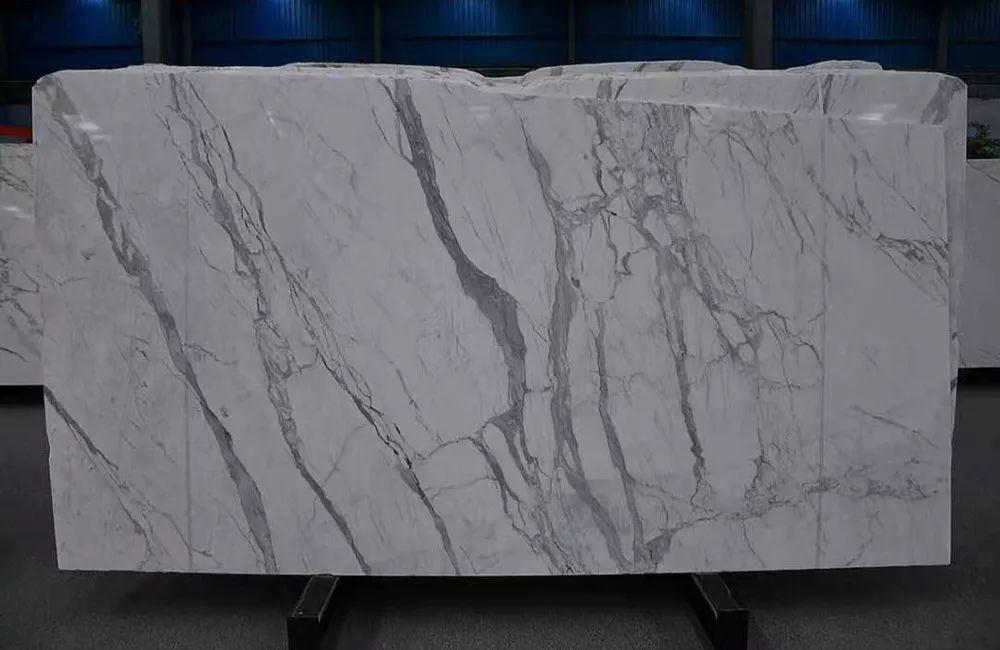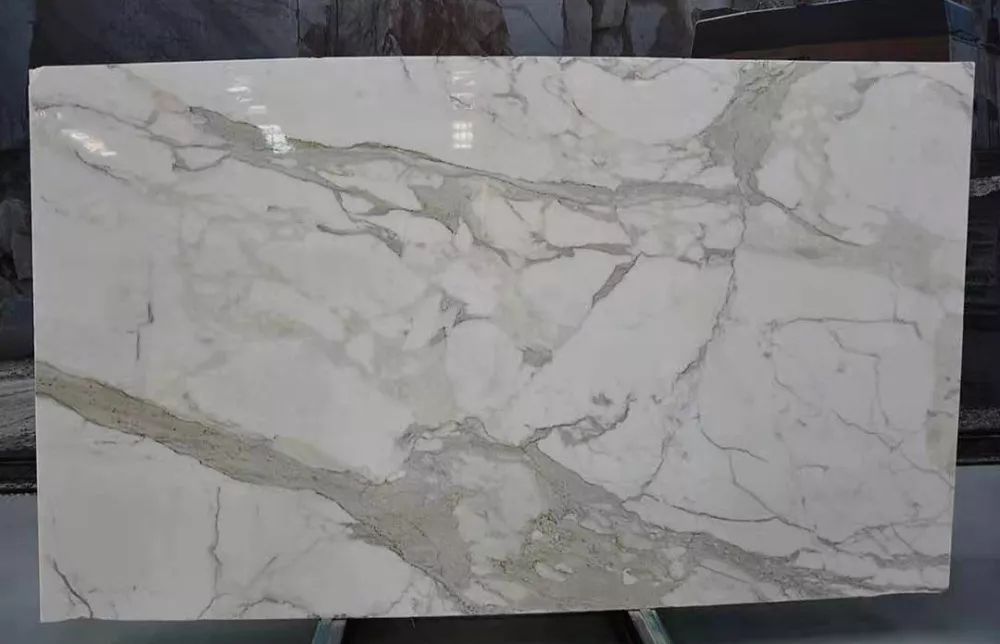The debate about onyx vs marble, is going on for centuries. Both rocks exhibit distinctive features despite having a similar appearance. Both of those natural stones are made of calcite, which is also a component of travertine and limestone. Onyx is typically simpler to tell apart from marble since it is more transparent. Because marble countertops are more durable, homeowners and designers like them. Onyx is more prone to scuffing and chipping.
Before delving into the onyx vs marble debate, I would like to brief you about what is Marble and Onyx.
What is Marble?

Calacatta White
Marble is a sedimentary rock that was created over a long period of time by weight and pressure.
White, black, yellow-gray, grayish-brown, greenish-blue, and bluish violet are just a few of the colours that may be found in marble, which is often composed of either calcite or dolomite. It is frequently utilised in building and artistic creations.
What is Onyx?
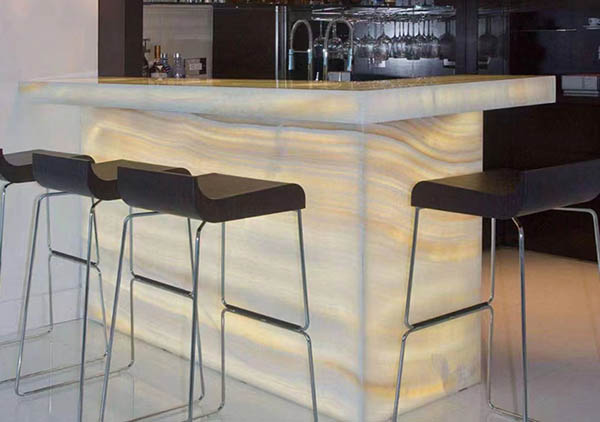
Vanilla Onyx
When parallel quartz crystal bands were set down at high temperatures, typically in gas pockets from lava flows, onyx is a metamorphic rock that resulted. Onyx, which ranges in colour from brown, red, and orange to white, has stripes and the usual wavy lines found in most of it.
What is the difference between onyx and marble?
Onyx and marble are strikingly similar, but there are a few difference between marble and onyx;
1,Onyx is a kind of quartzite known as chalcedony, whereas marble is a metamorphic rock.
2,Marble frequently appears to be composed of numerous smaller stones, whereas onyx’s surface may have white lines or inclusions.
3,Onyx and marble both have colour patterns, but onyx’s stripes are typically straight or wavy rather than vein-like, which is the most notable distinction between the two stones.
4,Marble requires polishing to achieve its mirror-like finish. Onyx does not require artificial polishing to shine.
Okay, now you know What is the difference between onyx and marble? If you are interested in natural stone, you can contact us! Thanks!



